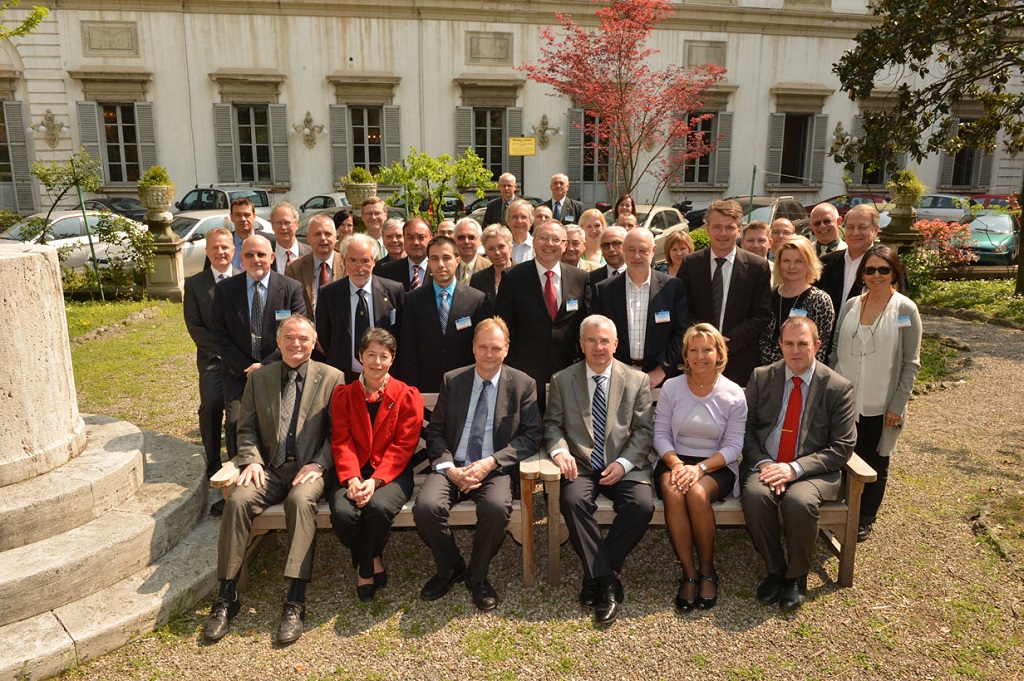
MILAN, 19 APRIL 2013. Now having drawn to a close, the Symposium of Human Factor and Medicine Panel (HFM) from NATO Science & Technology Organisation took place in the fantastic surroundings of the Palazzo Cusani in Milan. The theme was Force sustainment: rehabilitation, regeneration and prosthetics for re-integration to duty.
As a consequence of the NATO and allied involvement in Afghanistan and Iraq, numerous personnel have suffered debilitating injuries. As a result, although the absolute number is much less than in previous conflicts, the relative proportion of repatriated wounded versus the number killed in action is higher. These soldiers have expectations for recovery and rehabilitation that reach far beyond traditional outcomes achieved by standard rehabilitation practices. The high expectations and personal aspirations of injured soldiers are often far beyond the capabilities of some rehabilitation programs.
Advancements in personal protective clothing and equipment as well as first response medical treatment have resulted in a significant increase in the survival rate of soldiers that sustain severe life threatening injuries on the battlefield, many of whom later become amputees. As a result, some NATO nations have developed specific military related Physical Rehabilitation Programs to help those personnel injured, optimise their physical and mental function.
The primary goal of these programs is to return personnel to their previous employment as soon as medically possible. Where this may not be achievable, either an alternative form of military employment is considered or the injured service person is prepared in the best possible way for transition across into civilian life from both a medical and educational perspective.
During the 15th-17th April 2013, around 150 civilian and military experts gathered from different nations to discuss issues relating to the rehabilitation of injured service personnel, sharing their own nations experience and examples of best practice which helped to identify possible knowledge gaps as well as defining the priorities for a research program. The main topics where:
Organisational aspects of rehabilitation care delivered to military personnel.
Rehabilitation of Orthopaedic conditions sustained from blast injuries.
Rehabilitation of sensory systems sustained from blast injuries.
Integration of state of the art technologies into the rehabilitation continuumFollowing the symposium the plenary session of the 31st STO HFM Panel Business Meeting took place on 18th April. During the session, the planned research projects and development programs which were chosen during the previous day’s discussions were agreed upon by the subcommittee.
For ten years Italy has successfully hosted this event, this year being no exception. The participants expressed their gratitude to the NRDC-ITA Command in Solbiate Olona who were nominated by the Italian General Secretariat of Defence to coordinate the event for the smooth planning and excellent organisation.





